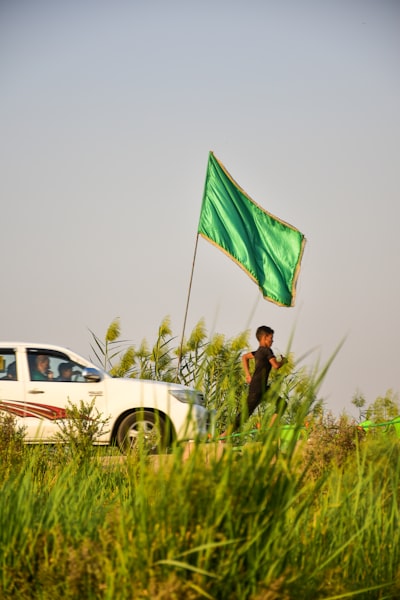Myanmar’s War: Understanding the Division Between Military and Armed Groups
Myanmar’s ongoing civil war remains one of Southeast Asia’s most complex and devastating conflicts—a struggle that resists easy solutions or quick peace talks. As the military junta recently issued a rare call for ceasefire and cooperation from armed groups ahead of its controversial upcoming election, the nation’s future remains clouded by skepticism and ongoing violence. So, why are these ceasefire appeals consistently rebuffed, and what does it mean for Myanmar’s political roadmap?
What Fuels Myanmar’s Ongoing Civil War?
- Myanmar coup 2021: The military’s ousting of Aung San Suu Kyi’s elected government ignited widespread protest and resistance, catalyzing the formation of the People’s Defence Forces (PDFs).
- Ethnic armed organizations (EAOs): Myanmar has over a dozen well-established ethnic minority armies, many with decades-long history of resisting central control and military abuses.
- Recent battlefield reverses: The junta faces serious losses from the coordinated offensives of both EAOs and pro-democracy PDFs, making its call for cooperation seem more tactical than genuine.
Why Are Peace Offers Rejected by Anti-Junta Forces?
Legitimacy and Trust Issues
- Opposition groups, including the National Unity Government (NUG), widely view junta-led peace overtures as attempts to legitimize a “sham election” and fragment the opposition.
- Decades of broken ceasefires, harsh crackdowns, and ongoing military offensives fuel deep distrust among Myanmar’s armed opposition groups.
Election Legitimacy Debates
- International observers, such as the UN and Human Rights Watch, have flagged the junta’s December/January elections as non-credible amid crackdowns and disenfranchisement.
- The opposition believes negotiations should be conditional on restoring democracy and releasing political prisoners—including Aung San Suu Kyi.
What’s at Stake for Myanmar’s Future?
1. Humanitarian Crisis
- Ongoing fighting has displaced millions, creating urgent needs for refugee protection and humanitarian aid.
2. Regional Security
- Instability risks spillover into neighboring countries, especially China, Thailand, and India.
3. International Recognition
- Global powers debate whether to recognize the junta or the NUG, affecting aid, sanctions, and diplomacy.
4. Role of Ethnic Groups
- Peace and stable governance in Myanmar are impossible without genuine inclusion of minority rights and federalism—key demands from most EAOs.
Emerging Search Trends: What Are Audiences Asking?
- What is the National Unity Government of Myanmar?
- Why is Myanmar’s military calling for peace talks?
- Are Myanmar’s 2025 elections legitimate?
- What are the main ethnic armed groups fighting the junta?
- What is the humanitarian situation in Myanmar?
FAQ: Key Questions About Myanmar’s Ongoing Civil War
Q: Will Myanmar’s civil war end soon? A: Unlikely, until genuine power-sharing or inclusive dialogue takes place and the military reduces violence.
Q: Can the international community influence peace? A: External pressure through sanctions and diplomatic mediation can matter, but internal actors and trust-building are vital.
Q: What can ordinary citizens do? A: Support reputable humanitarian organizations and spread awareness about the crisis.
Key Takeaways for Readers
- Myanmar’s civil war represents a multi-layered struggle over democracy, autonomy, and justice.
- Calls for cooperation by the junta are seen as power plays rather than steps toward genuine peace.
- The opposition remains united against holding elections under military rule and for inclusive peace talks—with a focus on restoring democracy and minority rights.
For more on Myanmar’s ongoing crisis, visit organizations like Amnesty International or The New Humanitarian.

Comments
No comments yet. Be the first to comment!